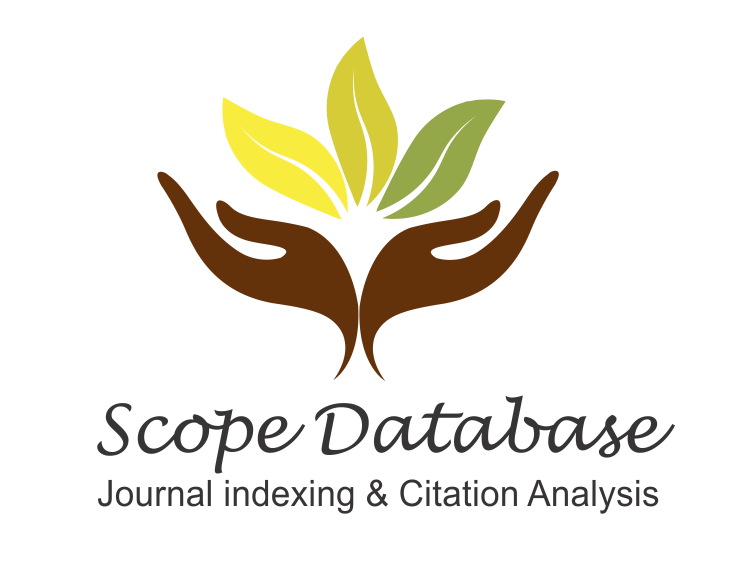ISSN : 2587-0998
Son 5 Yılda Pediatri Kliniğinde Amonyak Test İstemi Nedenlerinin Araştırılması
Ece Öge Enver1, Bilal Yılmaz2, Yakup Çağ2, Yasemin Akın212
GİRİŞ ve AMAÇ: Amonyak, protein metabolizması sonucunda oluşan nörotoksik bir bileşiktir, karaciğerde üreye dönüştürülür ve böbreklerle atılır. Yenidoğan dönemi dışında 60 μmol/Lyi aşan değerler hiperamonyemi olarak değerlendirilir. Çocuklarda genetik ve metabolik durumlar, ilaç kullanımı; erişkinlerde ise karaciğer hastalığı veya ilaç kullanımı en sık hiperamonyemi nedenleridir.
YÖNTEM ve GEREÇLER: Tek merkezli retrospektif çalışmamızda, son 5 yılda hastanemizde bakılıp 60 μmol/Lyi aşan hasta sonuçları değerlendirildi. Hastaların yaş, cinsiyet, amonyak değerleri ve amonyak istenme nedenleri incelendi.
BULGULAR: Bu çalışmada, hastanemizde pediatrik hastalarda amonyak testi isteme nedenleri incelenmiştir. Bulgular, 1 ay altı ve üstü çocuklar arasında test isteme nedenlerinde farklılıklar olduğunu göstermiştir. Yenidoğanlarda testler genellikle metabolik bozukluklar için yapılırken, 1 ay üstü çocuklarda karaciğer fonksiyon bozuklukları, ilaç yan etkileri ve enfeksiyonlar ön plandadır. Çalışmanın retrospektif tasarımı ve tek merkezli olması ise önemli sınırlamalar olarak belirtilmiştir.
TARTIŞMA ve SONUÇ: Pediatrik hastalarda nörolojik hastalıkları temelinde hiperamonyemi olabileceği gibi nöbet nedeni ile kullanılan ilaçlar da hiperamonyemiye neden olabilir. Bu durum nöbetle başvuran, özellikle bilinç durum değişikliği olan hastalarda akılda tutulmalıdır.
Anahtar Kelimeler: Amonyak, epilepsi, hiperamonyemi, nöromotor retardasyon, otizm.
Evaluation of the Reasons for Requesting Ammonia Tests in the Pediatric Clinic Over the Last Five Years
Ece Öge Enver1, Bilal Yılmaz2, Yakup Çağ2, Yasemin Akın21Department of Pediatrics, Division of Pediatric Nutrition and Metabolic Diseases, Kartal Dr. Lütfi Kırdar City Hospital, Istanbul, Türkiye2Department of Pediatrics, Kartal Dr. Lütfi Kırdar City Hospital, Istanbul, Türkiye
INTRODUCTION: Ammonia is a neurotoxic substance that is produced as a consequence of protein metabolism. It is converted to urea in the liver and subsequently eliminated by the kidneys. Hyperammonemia is defined as values that exceed 60 μmol/L outside of the neonatal period. Hyperammonemia in children is frequently caused by genetic and metabolic conditions, drug use, and liver disease or drug use in adults.
METHODS: The results of patients treated at our hospital in the past five years and whose blood levels exceeded 60 μmol/L were evaluated in our single-center retrospective study. The age, gender, ammonia levels, and reasons for obtaining ammonia of the patients were analyzed.
RESULTS: The purpose of the study was to investigate the reasoning behind the request for ammonia testing in pediatric patients at the hospital. The results showed that the reasons for requesting testing varied between children under and over 1 month of age. Although metabolic disorders are usually evaluated in newborns, infections, liver dysfunction, and drug side effects are predominant in children over the age of one month. The retrospective design and single-center aspect of the study have been noted as major limitations.
DISCUSSION AND CONCLUSION: Hyperammonemia may be an adverse effect of neurological diseases in pediatric patients, and medications used to treat seizures can cause hyperammonemia. This should be kept in mind in patients presenting with seizures, especially those with changes in consciousness.
Keywords: Ammonia, autism, epilepsy, hyperammonemia, neuromotor retardation
Makale Dili: İngilizce


























